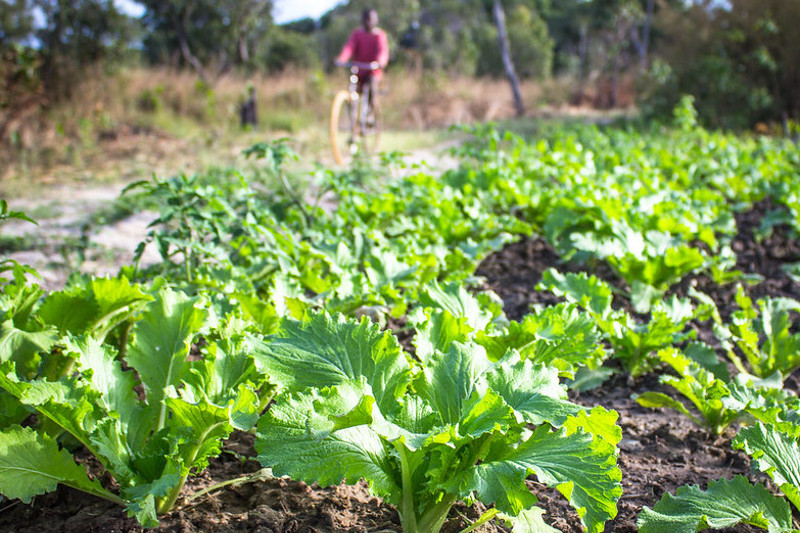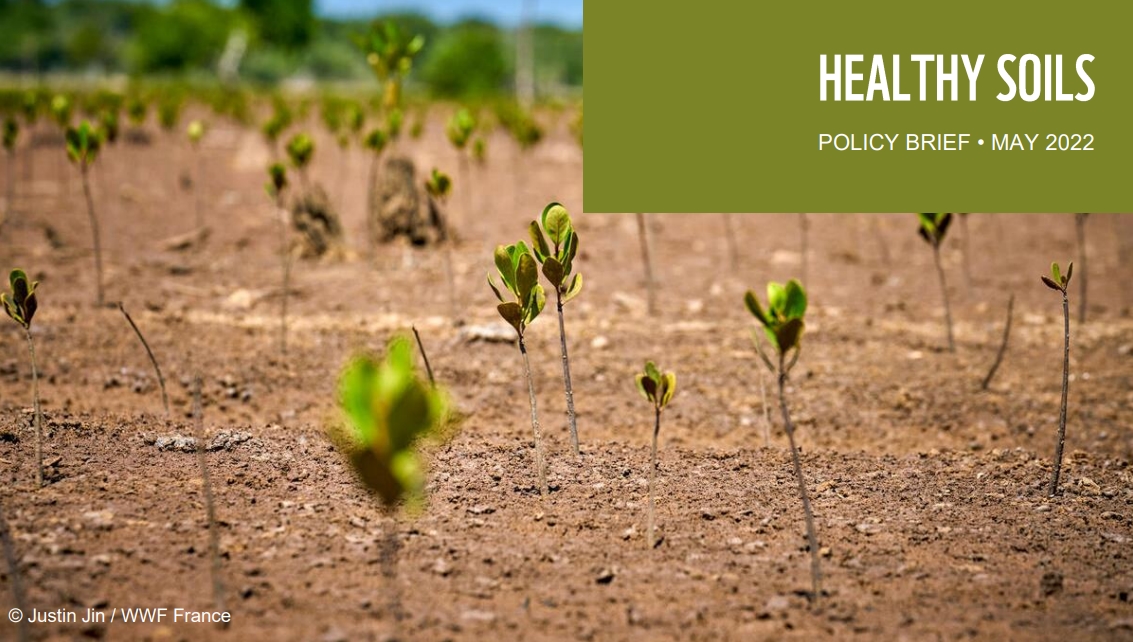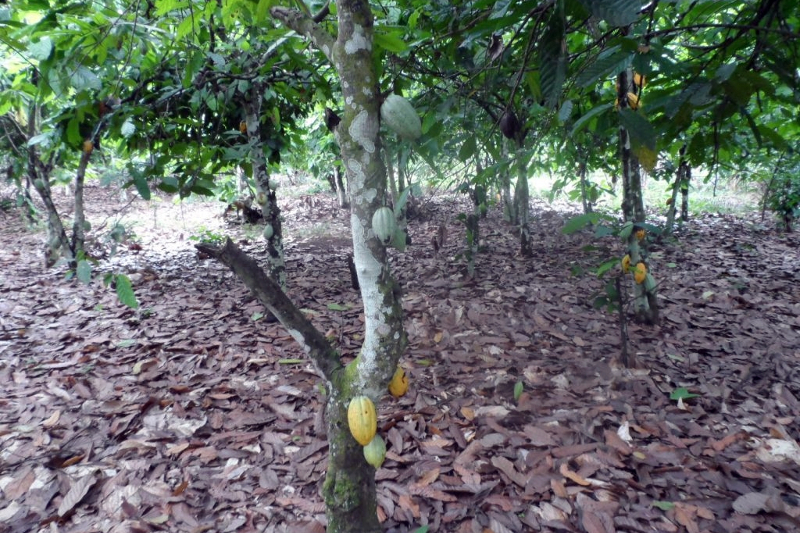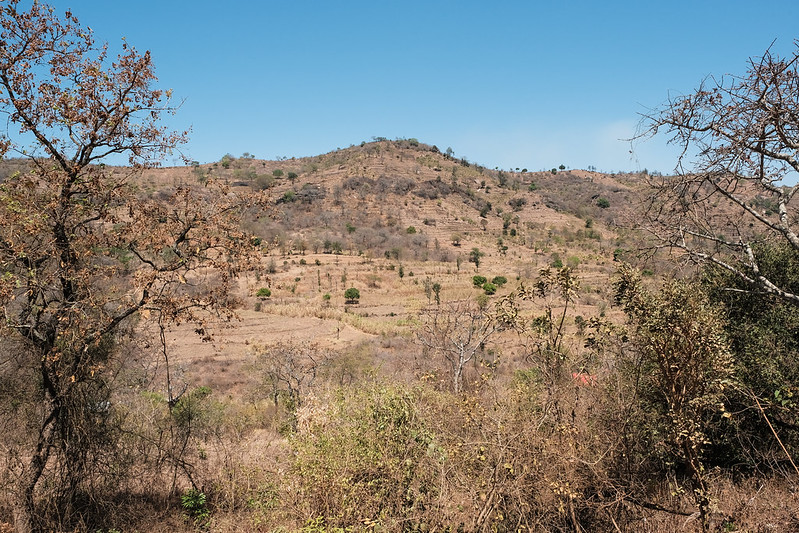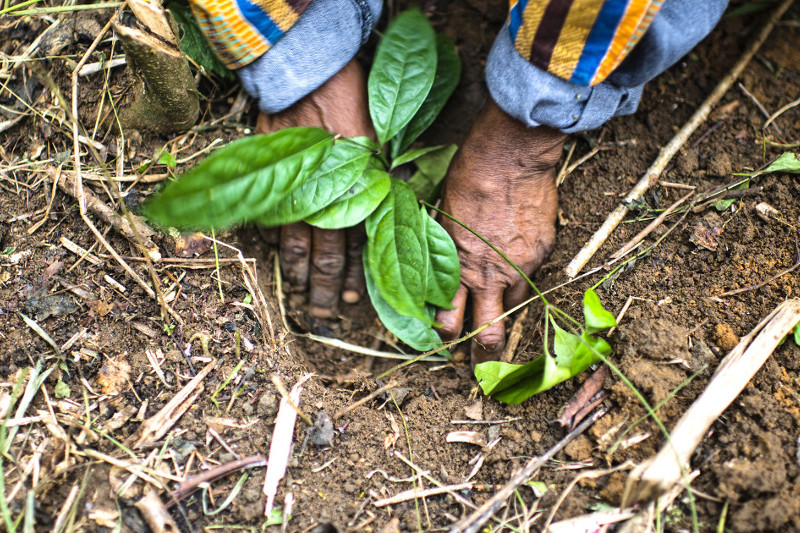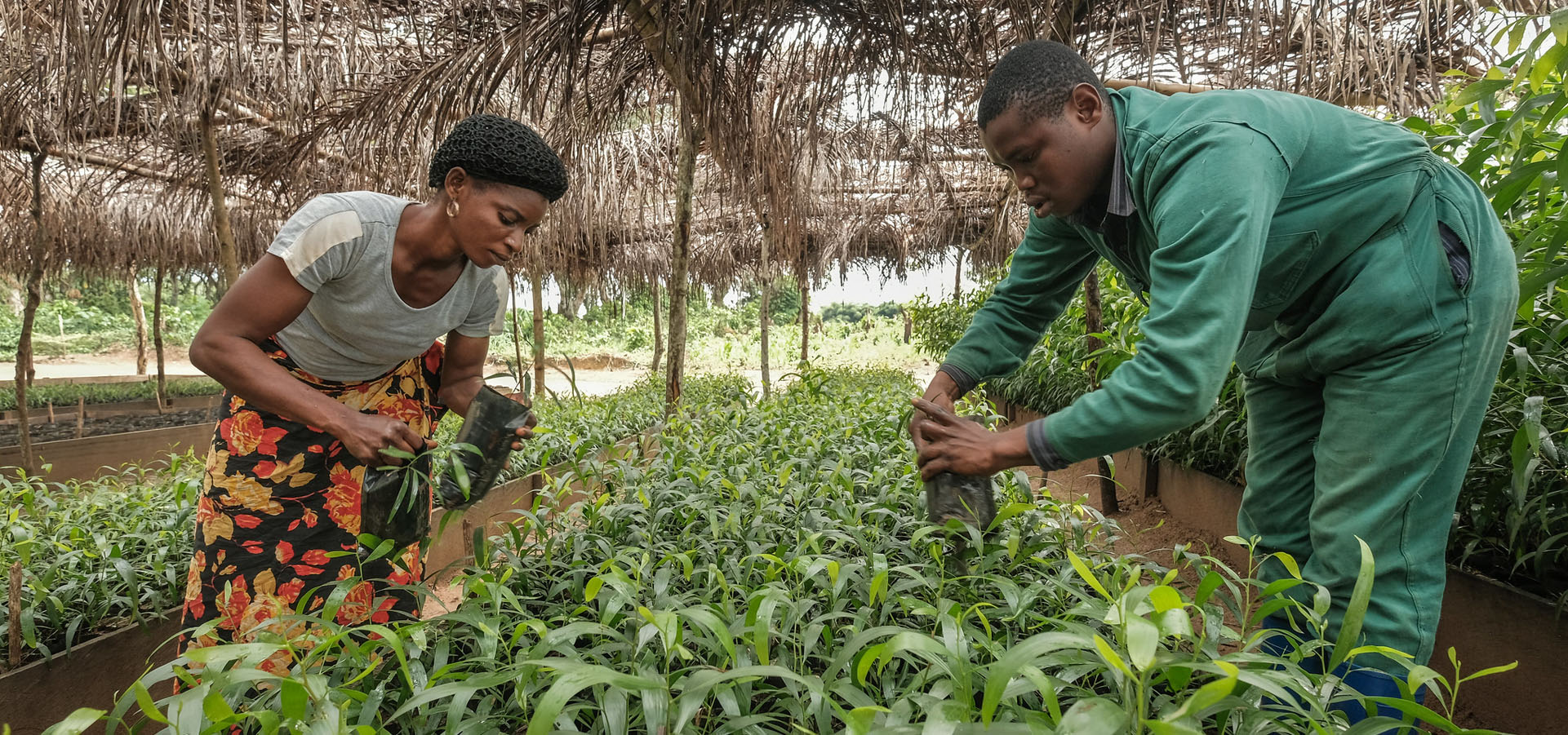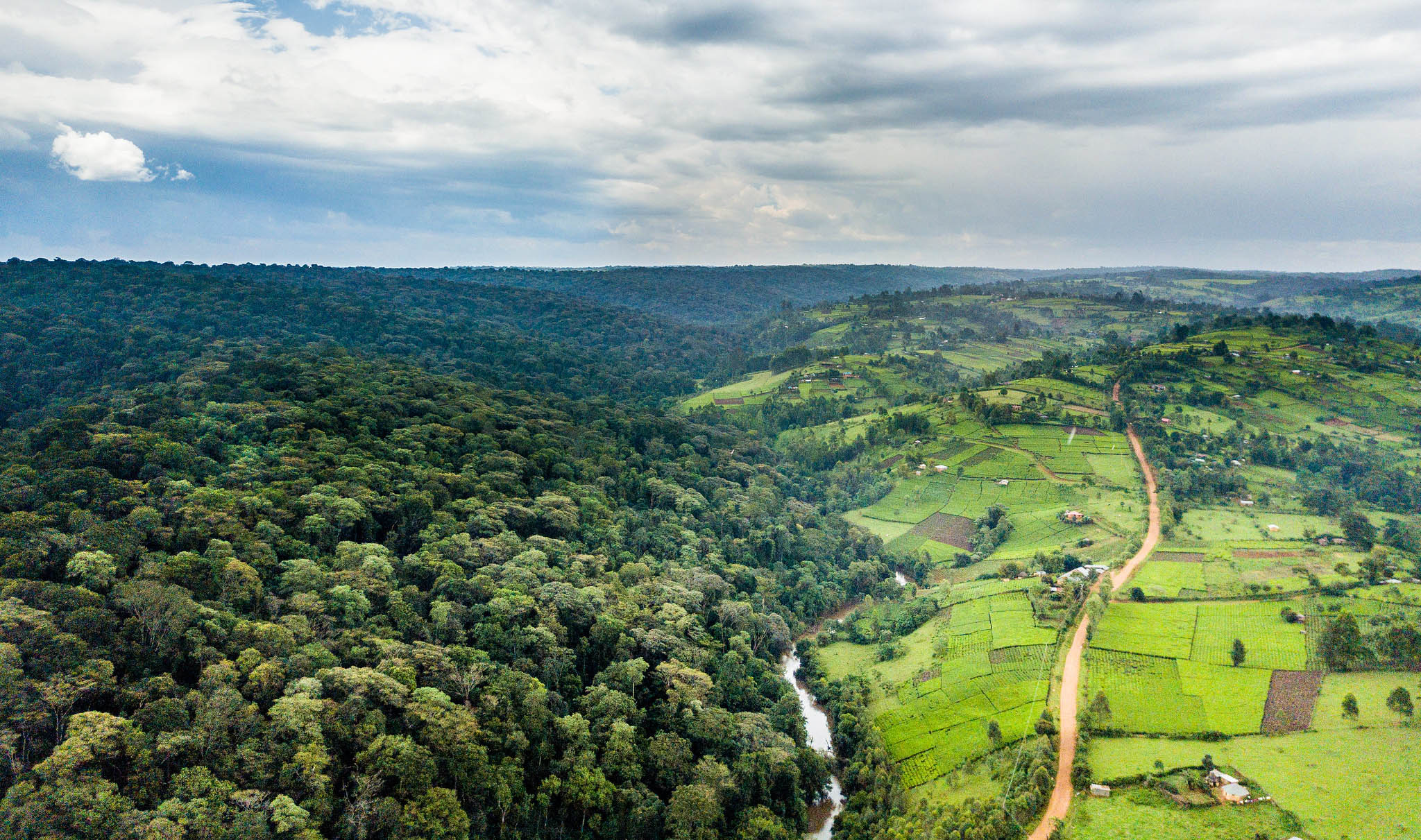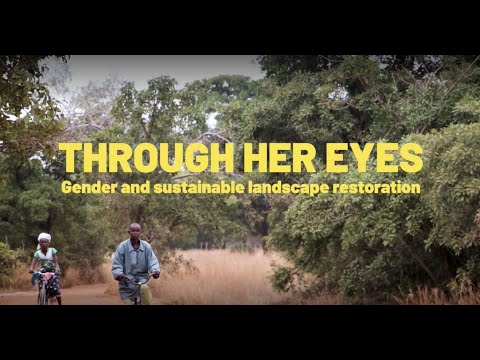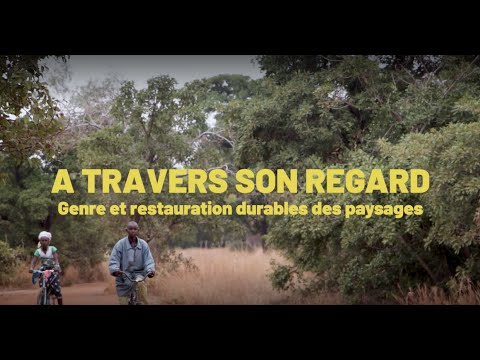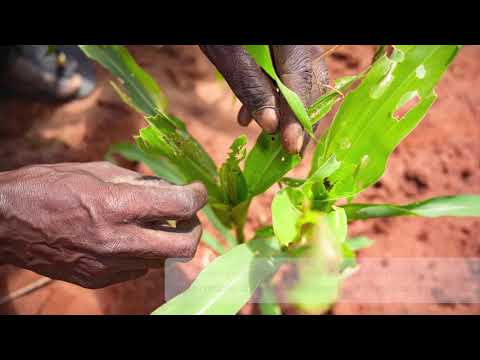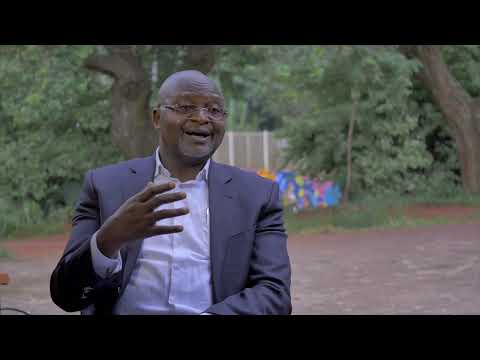Land restoration is crucial for resilience
Today, one third of the Earth’s surface area is degraded – negatively impacting the livelihoods of more than 3.2 billion people.
We have no time to waste. Land is the operative link between biodiversity loss and climate change.
By engaging in land restoration, we can help slow global warming, stem biodiversity loss, and reduce the risk, scale and frequency of natural disasters from floods to zoonotic diseases. What’s more, we can improve food security and drought resilience, as well as create sustainable green jobs.
Land restoration aims to reverse land degradation through a variety of activities that revitalize our soil, watersheds, and natural ecosystems. However, it is no longer enough to prevent further damage to the land; it is necessary to act decisively to reverse and recover what we have lost.
At COP15, scientists from the Center for International Forestry Research and World Agroforestry (CIFOR-ICRAF) will share their latest research on restoration, agroforestry, tree genetic resources, sustainable forest management, soil and land health, to inform policy and drive necessary change.













